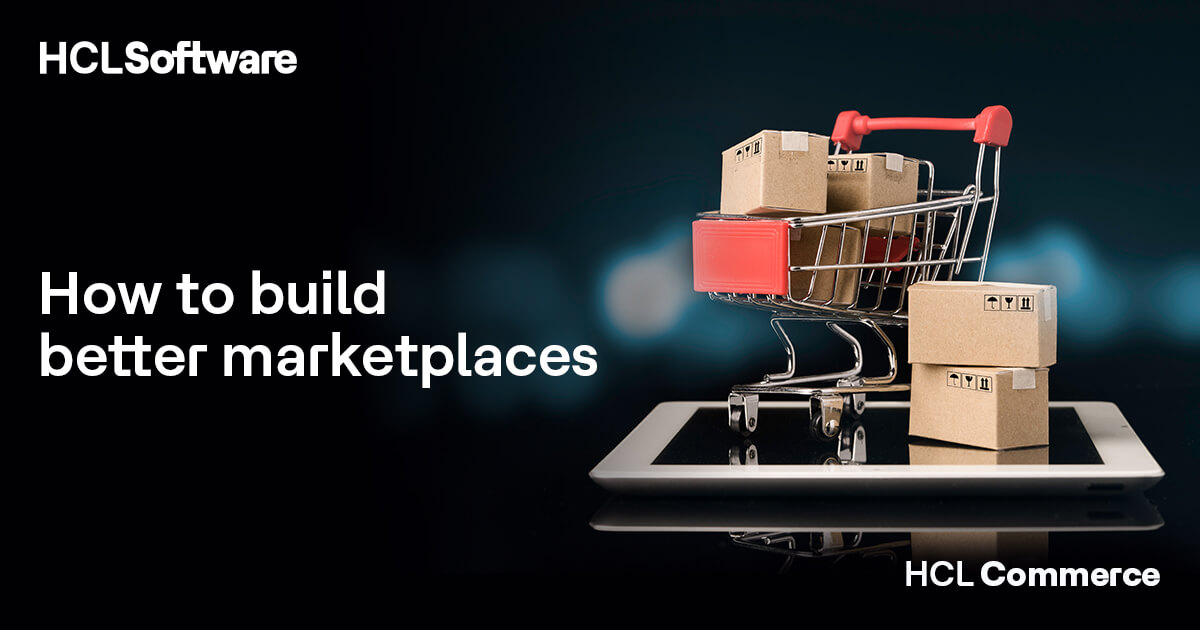When it comes to selecting a commerce solution, the process can feel overwhelming. The first instinct for most businesses is to focus on building a comprehensive list of desired features—whether it’s managing complex catalogs, handling regional variations, or supporting intricate pricing models. Vendors, eager to close the deal, are quick to confirm that their solution checks all the boxes.
But while the feature lists offered might look impressive on the surface, they rarely reveal the full picture. It’s easy to get caught up in “what” - features are offered and overlook the more important question: “how” - those features are executed. This is where many businesses stumble and choose a solution that promises everything, but delivers in ways that can hinder operations.
Let’s delve into why focusing solely on features can lead to costly mistakes and how a deeper evaluation of execution capabilities of solutions can make all the difference.
The Hidden Complexity Behind Feature Claims
At cursory glance, many commerce solutions appear indistinguishable. Vendors highlight their long lists of features, creating the illusion that their solutions can completely meet your needs.
This often pushes businesses toward the solution with the simplest user experience. The logic is straightforward: employees will be using the solution daily, so it must be intuitive, efficient, and easy to navigate. While a streamlined interface can improve productivity, focusing only on ease of use can be misleading.
Consider a business operating in multiple regions, each with distinct product lines, pricing structures, and regulatory requirements. Vendors might claim their solutions support managing a global catalog with regional variations. Upon closer inspection, you may find that updates made to the global catalog don’t automatically cascade to regional catalogs, instead each region must manually adjust pricing, product availability, and regulatory details. Some regions might even require unique, locally-specific products, further complicating management. What seemed like a straightforward feature, now becomes a manual, error-prone process leading to inefficiencies.
It's also important to recognize that not all vendors excel in every area. Some solutions might be great at managing complex catalogs, but struggle with regional pricing. Others may offer excellent personalization tools, but lack the scalability needed for large product databases. No single solution does everything perfectly, which is why digging deeper is essential.
The Consequences of Choosing the Wrong Solution
Companies often realize too late that the solution they chose doesn’t fully meet their needs, forcing them to rely on costly customizations. These fixes add complexity, make upgrades harder, and increase maintenance costs.
This problem is compounded by the growing need for businesses to reduce their reliance on IT. The goal is to empower business users to manage updates themselves; but if routine tasks like adjusting product information or managing promotions still require IT intervention, it slows down operations and defeats the purpose of investing in a flexible solution.
For instance, a solution that handles 50,000 SKUs might struggle as your catalog grows to 200,000. To manage the extra load, custom database optimizations—such as restructuring data storage or adding new indexing for faster searches—may be needed, requiring development, IT, and database teams to implement. These costs could have been avoided if a right solution had been selected from the beginning.
Finding the Right Solution: Focus on the ‘How’
To avoid these costly pitfalls, businesses need to move beyond simply asking, "Can the solution do this?" and instead ask, "How does the solution do this?" Here are some key steps to make sure you’re selecting the right solution:
1 - Identify Your Critical Needs: Identify the features essential for your business. Whether it’s managing complex pricing structures, handling regional selling rules, or supporting large-scale catalogs. Look for solutions that can seamlessly deliver on these needs without resorting to superficial answers.
2 - Ask Deeper Questions: Don't just accept claims at face value. If robust order management is a priority, ask specific questions like:
- How does the solution handle peak-order volumes or flash sales?
- Can it support complex routing across multiple warehouses?
- Does it offer real-time tracking for order fulfillment and inventory across channels?
These questions help you understand how the solution will perform under real-world conditions.
3 - Look Beyond the Demo: Vendors often present polished demos showing how features work in ideal conditions. Don’t stop there, ask for real-world proof of success in handling use cases like yours.
4 - Avoid Over-Customization: While customizations can help tailor the solution to your needs, they come with long-term costs. Extensive customizations can lead to vendor lock-in, where you become dependent on the solution due to the unique configurations that have been built; instead opt for solutions that offer flexibility and scalability out of the box.
5 - Plan for Growth: Ensure the solution can scale with your business. Even if your current requirements are manageable, look ahead to your future growth and ask whether the solution can handle increased complexity.
Conclusion: Look Beyond Features for Long-Term Success
Choosing the right commerce solution is a crucial decision going beyond just ticking off feature checklists. The true value lies in understanding how those features are executed, ensuring the solution can handle your specific business complexities and scale with your growth.
By focusing on your critical needs, asking deeper questions, and seeking real-world proof of performance, you can avoid the pitfalls of over-customization and misaligned solutions. A well-chosen solution not only meets your current demands, but is also flexible enough to adapt to your future needs.
Ultimately, a commerce solution isn’t just a set of tools—it’s the foundation of your digital operations. Ensure it’s built to support your business for the long haul, providing both immediate value and room to grow.
Start a Conversation with Us
We’re here to help you find the right solutions and support you in achieving your business goals.









